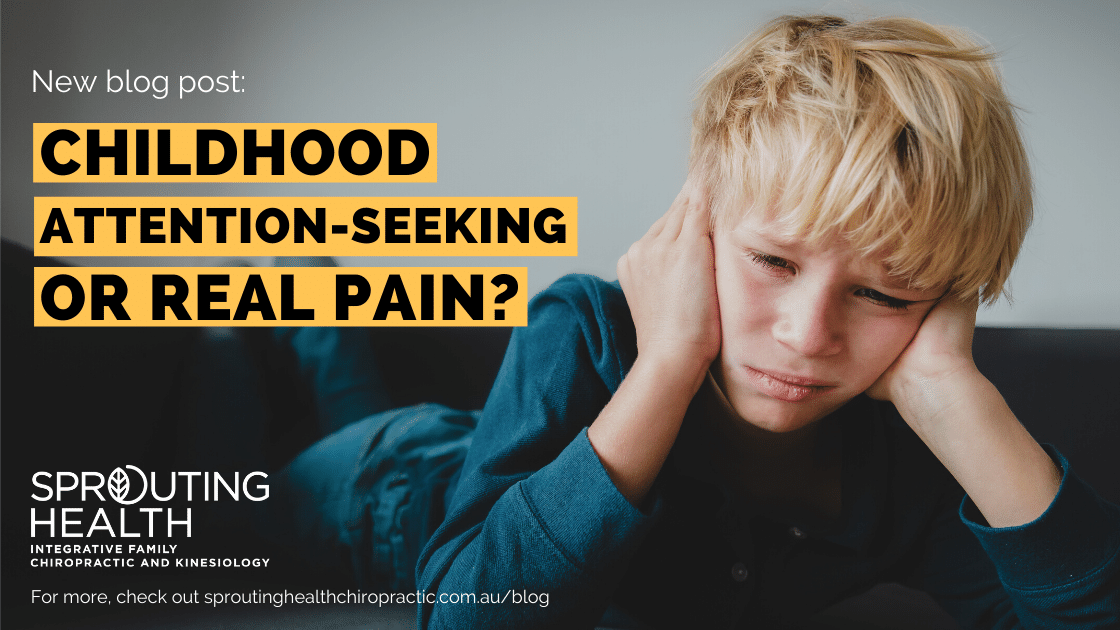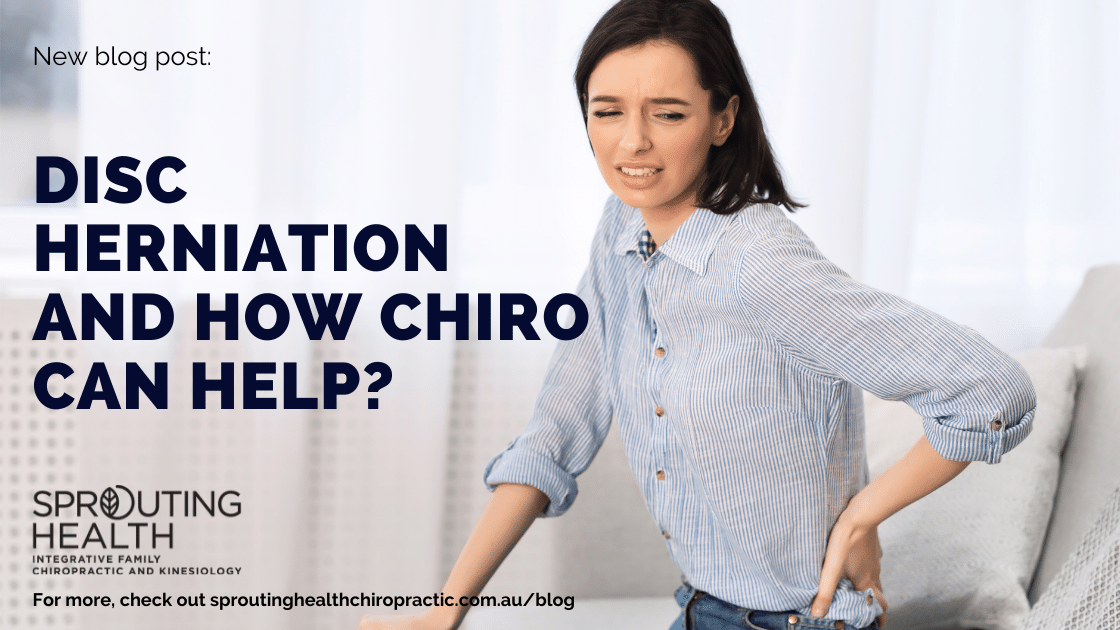|
Are you struggling with your infant constantly waking during the night or finding it really hard to settle your little one down to sleep?
Sleep develops rapidly over the first few years of life and is a highly dynamic process. At birth, infants will sleep a total of 16-17 hours in a 24hrs period, but lack an established circadian rhythm. You will likely see multiple waking intervals due to the infants feeding needs.[1] At 10-12 weeks old, sleep time decreases to 14-15 hours in a 24hr period as the circadian rhythm begins to develop. One of the many factors that can affect sleep in neonates and infants is birth trauma! The evidence suggests that infants may receive musculoskeletal injuries through both traumatic and non-traumatic births. A case report recently found up to 73% of infants had one or more musculoskeletal asymmetries stemming from birth. [2] Some musculoskeletal issues may by asymptomatic initially but some common signs to look out for include sleep problems, feeding issues, prolonged crying, persistent head tilts, unsettled or disliking the car, bathing, nappy changes, clothing changes and tummy time. A study in England on 220 subjects with an average age of 2.9 years, looked into the correlation with babies who had suffered birth trauma and sleep issues. 54 presented with sleep problems, 90 with pain or discomfort and 62 with feeding problems. 25% of participants who reported sleep problems initially, reported improvements in sleep after Chiropractic treatment. Another 30% of participants who initially presented with other difficulties, also noted an improvement in sleep duration and the baby’s ability to settle. This study saw an improvement in sleep, reduction in discomfort and pain, and improved feeding. [3] However more research is needed in this area. If you have any questions about your baby and want to assess whether they may have a musculoskeletal issue from birth, give us a call and we will see how we can help support your little one develop and thrive. [1] Davis, K. F., Parker, K. P., & Montgomery, G. L. (2004). Sleep in infants and young children: Part one: normal sleep. Journal of Pediatric Health Care, 18(2), 65-71. [2] Miller, J., Fontana, M., Jernlås, K., Olofsson, H., & Verwijst, I. (2013). Risks and rewards of early musculoskeletal assessment: An evidence-based case report. British Journal of Midwifery, 21(10), 736-743. [3] Edwards, D., Gibb, C., & Cook, J. (2010). The benefits of chiropractic intervention for babies with sleep deprivation resulting from birth trauma. Midirs Midwifery Digest, 20(3), 373-379.
0 Comments
Having children is such a joyful experience, however when they complain of pain it can be very challenging!
Lots of questions arise- do I get them checked out, are they actually being serious or are they just wanting attention?? The type of pain we are referring to here is musculoskeletal pain. This is pain such as arm, leg, neck and back pain. While studies and statistics on musculoskeletal pain in adulthood is plentiful, data on school children is somewhat scarcer. With an increasingly sedentary population, and with extended time sitting being noted as a public health concern, it is very relevant to discuss data on this particular group. Recently, some researchers undertook this task and analysed pain distribution on 1,000 Danish Schoolchildren aged 8-16, and the results are very interesting (1). Some takeaway from the study were
So research shows that pain in schoolchildren can be up to 70% of children in a school year. If we are aiming to support our children through their development and growth it is definitely worthwhile investigating the source of the complaints. If you have any concerns about musculoskeletal pain in children we are here to help at Sprouting Health. Just give us a call.
Spinal discs play a crucial role in the lower back, serving as shock absorbers between the vertebrae, supporting the upper body, and allowing a wide range of movement in all directions. If a disc herniates and leaks some of its inner material, though, the disc can aggravate a nerve, triggering back pain and possibly nerve symptoms down the leg. Excess stress on the spine, heavy labour, and obesity are some factors that can cause disc herniation and sciatic pain.(1)
Most health care providers would agree that first-line treatment of sciatic pain secondary to lumbar disc herniation should consist of nonoperative care in the form of lifestyle modification and physical therapy. There is growing evidence that chiropractic treatment is an effective way to treat this condition.(1) Acute back pain from disc herniation causing sciatica is a major source of disability, with impairment of daily living activities. Many medical interventions are available, but the results are conflicting. Spinal manipulations are widely used. The rationale for manipulation includes reduction of a bulging disc, correction of disc displacement, release of adhesive fibrosis surrounding prolapsed discs or facet joints and entrapped synovial folds or plicae, inhibition of nociceptive impulses, relaxation of hypertonic muscles, and unbuckling displaced motion segments. Patients receiving active manipulations enjoyed significantly greater relief of local and radiating acute LBP, spent fewer days with moderate-to-severe pain, and consumed fewer drugs for the control of pain.(2) Spinal deconditioning and a weakness of the lumbar spinal extensor muscles appeared to be related to the patient's symptoms. Patient education on proper posture, proper lifting techniques, core stabilization exercises, active strengthening exercise and chiropractic care are some of the many ways a chiropractor can help relieve lumbar disc herniation.(3) Lumbar disc herniation is a condition better taken care of sooner than later. If you or you know someone who is experiencing Low back pain, call us to book an appointment, we would love to help you! References 1. Cox J, Shreiner S. Chiropractic manipulation in low back pain and sciatica: statistical data on the diagnosis, treatment and response of 576 consecutive cases. Journal of manipulative and physiological therapeutics. 1984;7(1):1-11. 2. Santilli V, Beghi E, Finucci S. Chiropractic manipulation in the treatment of acute back pain and sciatica with disc protrusion: a randomized double-blind clinical trial of active and simulated spinal manipulations. The Spine Journal. 2006;6(2):131-7. 3. Estadt GM. Chiropractic/Rehabilitative Management of Post-Surgical Disc Herniation: A Retrospective Case Report. Journal of Chiropractic Medicine. 2004;3(3):108-15. It is not news that offices have shifted towards the use of a standing desk to avoid the “sitting disease” to prevent low back pain. (Katilin) However, is standing really the solution to avoiding low back pain?
A previous study has shown that having a standing break from seated work may reduce the demand on the lumbar spine, however, standing work itself can be associated with increased levels of low back pain. (Colin). Between 40-70% of the population may develop acute back pain with prolonged standing work tasks (Colin). Another study had suggested that prolonged standing could lead to health risks such as low back discomfort, leg swelling and physical fatigue (Shuchi). Studies have also shown that there is an increase of low back pain when standing longer than 50% of the shift (Shuchi). There are benefits, specifically for office workers from switching to a standard seated workstations to a sit-stand workstation (Colin). However, the frequency and duration of a sit-stand transition is still in question. A recent study has suggested that onset of pain within the first 15 minutes when standing is the accumulation from tissue aggravation (Colin). This study was backed up by previous research that also suggested to limit standing to 15 minutes or less which had shown to be the starting point of low back pain (Jack). Once past the 15 minutes mark, early and frequent breaks within at least the first hour appear to be a solution to reduce accumulation of tissue aggravation that often occurs within the first 45 minutes of standing at work (Colin). It is suggested to change positions more often and not wait for the feeling of discomfort because once pain has initiated, it may persist even if there is a postural change. It may be more effective when there is a balanced exposure between sitting and standing (Colins). If you are struggling with whether or not sitting or standing is better for you, check in with us at Sprouting Health Chiropractic. We are all for helping you out! References
|
AuthorBlogs by the team at Sprouting Health Archives
July 2024
Categories |





 RSS Feed
RSS Feed
